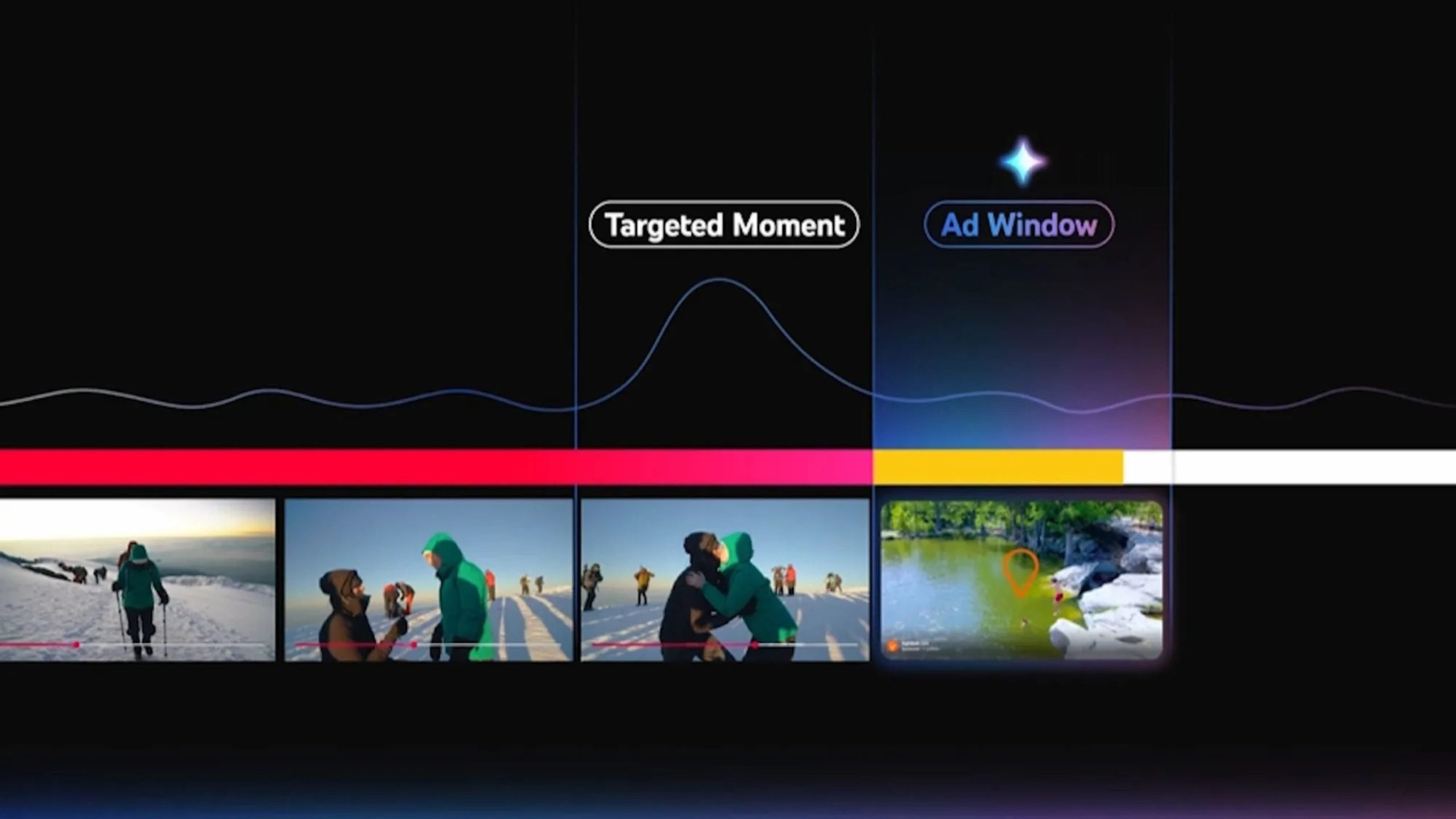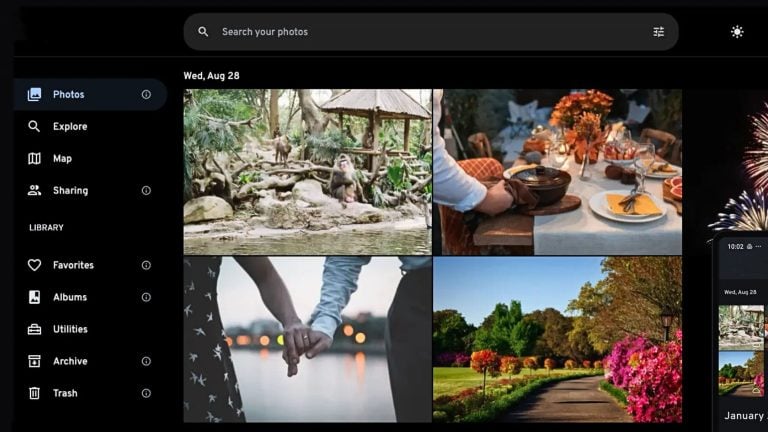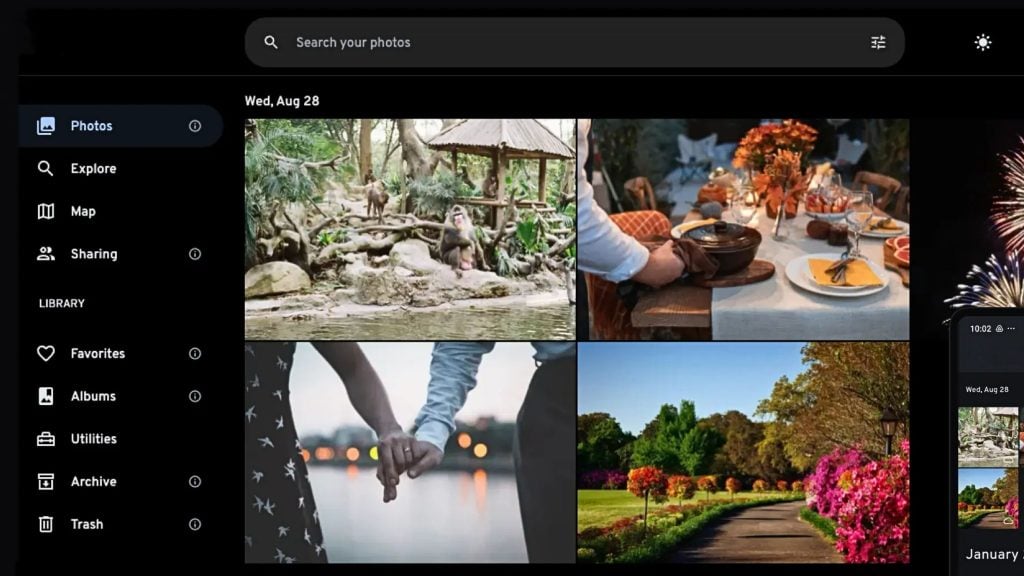YouTube and Netflix are moving aggressively to expand the ways they track and monetize viewer behavior, leaning further into AI-driven systems and behavioral profiling to fine-tune ad delivery.
YouTube’s latest experiment with intrusive advertising comes in the form of “Peak Points,” a format that leverages Google’s Gemini AI to dissect video content and identify the exact moment a viewer is most emotionally invested.
Ads are then served immediately after these moments. While the idea is to capture attention when it’s most focused, the reality for viewers could mean jarring interruptions right after an emotional payoff or a pivotal scene.
This development was announced during YouTube’s Upfront event in New York, where the company pitched it as a smarter way to keep audiences engaged with advertisements. But the concept is likely to be unwelcome news for users already frustrated by mid-roll ads. Now, even emotional immersion is being treated as just another metric for ad targeting.
Meanwhile, Netflix is unveiling its own strategy to transform user engagement into a high-resolution marketing blueprint. At its recent advertising presentation, Netflix rolled out a host of new tools that feed off detailed user data, facilitated by what it calls the Netflix Ads Suite. The platform is now operational in North America and will soon be deployed across all countries where the ad-supported model is available.
A key feature of the system is its “Enhanced Data Capabilities,” which allow brands to merge their customer data with Netflix’s audience data. This process, conducted through intermediaries like LiveRamp or directly through Netflix, enables highly targeted ad delivery. To support this, Netflix has granted data access to third-party giants including Experian and Acxiom, firms notorious for building detailed consumer profiles for advertisers.
Netflix is also introducing a “clean room” setup, a controlled data-sharing environment where outside partners can analyze combined datasets without directly accessing raw user information. However, such structures often do little to curb the broader privacy implications of the data they facilitate.
Another part of Netflix’s expanded toolkit includes “brand lift” measurement, essentially tying a user’s viewing habits to how they perceive particular brands. It’s a more aggressive step toward turning personal entertainment choices into commercially valuable behavioral signals.
In tandem with these tools, Netflix has previewed new ad formats powered by generative AI. These include interactive mid-roll and pause-screen ads that can include prompts, overlays, or even buttons to push content to a second screen. These formats are being framed as personalized and responsive, and are slated to be available across all ad-tier markets by 2026.
Amy Reinhard, president of advertising at Netflix, promoted the company’s shift toward owning its ad technology, stating, “By controlling our own ad tech, we’ll be able to deliver newer tools, better measurement, and more creative formats.” She added, “The foundation of our ads business is in place. And going forward, the pace of progress is going to be even faster.”
Together, these moves represent a significant escalation in how viewer behavior is turned into advertising capital. Rather than offering users more control or transparency, these companies are building increasingly sophisticated systems to monitor emotional responses, track habits, and blend commercial content into what was once private viewing. What used to be an escape from traditional ad models is now fast becoming a laboratory for them.
Streaming platforms are turning entertainment into a constant monitoring operation. Every pause, rewind, or moment of emotional engagement is tracked and fed into systems built to study and predict user behavior. What was once personal downtime is now a stream of data points used to shape ad targeting and measure brand influence.










